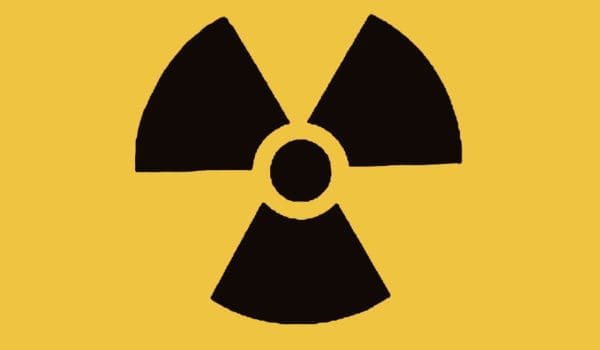The Chernobyl disaster was a catastrophic nuclear accident that occurred on 26 April 1986 at the Chernobyl Nuclear Power Plant in the town of Pripyat, Ukraine. Soon after, the Norwegian network for monitoring radioactivity was established, where NILU played a preliminary role.
According to NILU’s annual report from 1986, there were several reasons for the Nordic countries receiving relatively high levels of radioactive fallout after the accident at the Chernobyl nuclear reactor.
Unfortunate coincidences
The largest fallout was observed during the first days, with wind from the southeast, i.e. from Ukraine towards the Nordic peninsula. In addition, there was no rainfall on the route between Chernobyl and the Nordic countries during the first few days. Thus, there was no washout by precipitation during the transport from Chernobyl over the Soviet Union and Poland. The deposition instead happened over Finland, Sweden and Norway.
The first observations of increased radioactivity levels were made in Finland on the evening of 27 April, but they assumed it was due to some local radon sources. In Sweden they first assumed the increased radioactivity that was observed, originated from the nuclear power plant at Ringhals. It was not until the afternoon of 28 April that the Nordic countries were aware that the source of the increased radiation levels was situated outside the region.
Extended monitoring service
A large measuring campaign was then initiated, in Norway under the auspices of the then National Institute of Radiation Hygiene (SIS), Institute for Energy Technology (IFE) and the Geological Survey of Norway (NGU). NILU also performed some air measurements from aircraft, in addition to analysing filters collected from some of the fixed monitoring stations originally assigned to the acid rain programme.
Because NILU had a number of monitoring stations in relevant positions, the Norwegian Environmental Agency asked the institute to include instruments for measuring gamma radiation on at first seven different stations. These fully automated instruments logged radiation levels every five minutes, and if the concentrations reached a certain level, the instrument would call a certain phone number and give a signal. The person on watch at NILU was equipped with a pager, and was first in the alarm chain that should inform authorities and population if new radioactive discharges took place.
In 2005, the Norwegian Radiation Protection Authority (NRPA) took over monitoring radiation in Norway. By this time, NILU’s radiation monitoring network consisted of 27 stations in Norway, and one on the Kola Peninsula.

